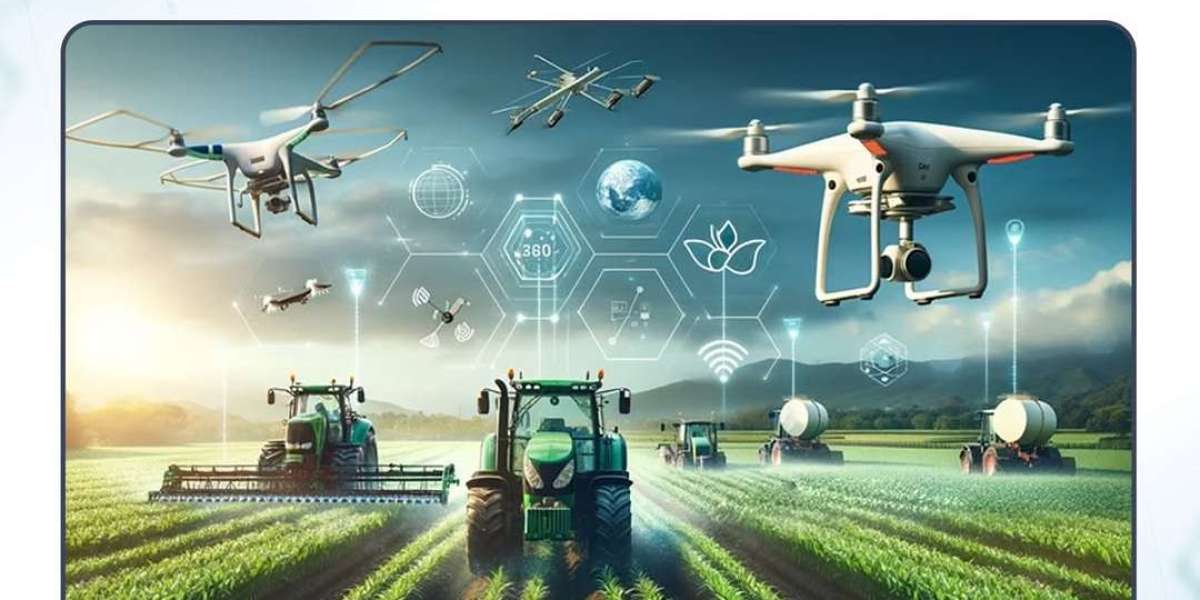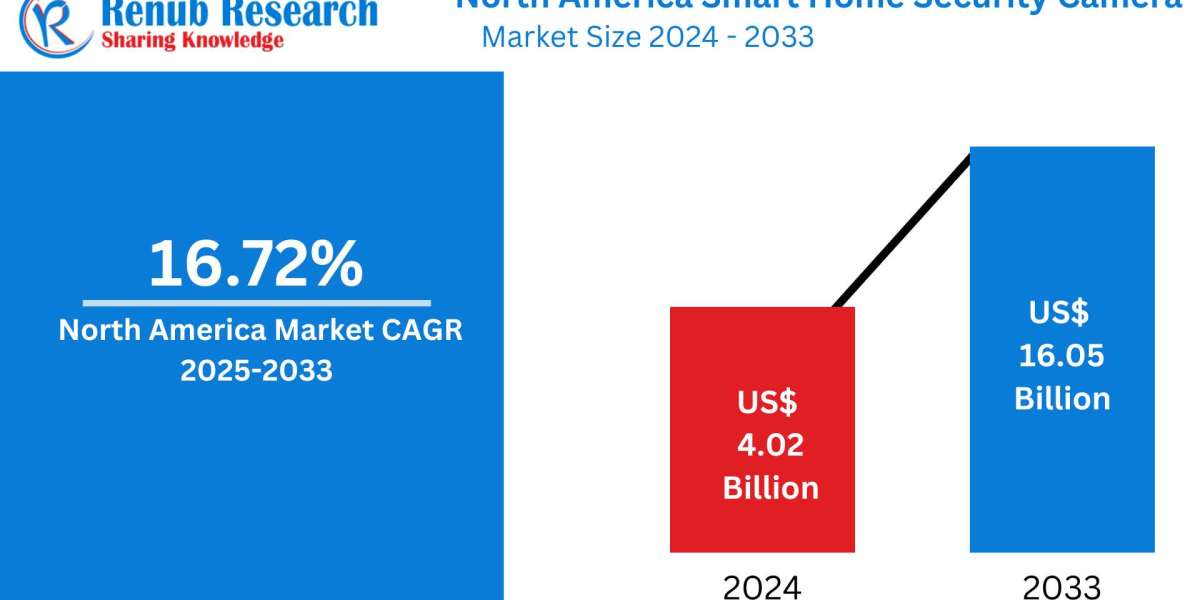Autonomous vehicles (AVs), commonly known as self-driving cars, represent one of the most significant technological revolutions of the 21st century. At the core of these vehicles lies a complex and highly intelligent Autonomous Vehicle Control System—a sophisticated framework that allows cars to perceive their surroundings, make real-time decisions, and navigate safely without human input. The development of control systems is critical in transforming AVs from experimental prototypes to road-ready vehicles that can operate in complex, real-world environments.
What Is an Autonomous Vehicle Control System?
An Autonomous Vehicle Control System is a combination of software and hardware components responsible for managing the vehicle's movement by interpreting sensory data, planning paths, and executing driving commands. These systems rely on multiple technologies, including artificial intelligence (AI), control theory, robotics, and embedded systems, to replicate the decision-making ability of human drivers.
This control system can be broadly divided into three main layers:
- Perception
- Planning
- Control
Each layer plays a unique role in ensuring the autonomous vehicle navigates accurately and safely.
1. Perception Layer
The perception layer is responsible for interpreting raw data collected from sensors mounted on the vehicle. These sensors typically include:
- LiDAR (Light Detection and Ranging): Provides 3D mapping of the environment.
- Radar: Detects the speed and distance of objects, particularly useful in poor weather.
- Cameras: Capture visual information for recognizing road signs, lanes, and pedestrians.
- Ultrasonic Sensors: Used for close-range object detection, especially during parking.
- GPS and IMU (Inertial Measurement Unit): Provide global positioning and orientation data.
The control system uses sensor fusion algorithms to combine inputs from all these sources into a unified understanding of the vehicle’s surroundings. Machine learning techniques are often employed to recognize and classify objects, such as cars, bicycles, traffic lights, and obstacles.
2. Planning Layer
Once the vehicle understands its environment, the planning layer decides how to move safely and efficiently from the current location to the destination. This layer includes:
- Route Planning: Determines the best path from the starting point to the destination using high-definition maps and real-time traffic data.
- Behavior Planning: Decides high-level actions such as lane changes, turning, stopping, and yielding.
- Trajectory Planning: Creates a smooth, drivable path considering speed limits, road curvature, obstacles, and safety margins.
This layer is where decision-making algorithms come into play. Autonomous vehicles use techniques like finite state machines, rule-based logic, and reinforcement learning to make safe and context-aware driving decisions.
3. Control Layer
The control layer is responsible for executing the planned trajectory by sending commands to the vehicle's actuators—controlling acceleration, braking, and steering.
There are two primary types of controllers used:
- Longitudinal Control: Manages speed using throttle and brake actuators. PID (Proportional-Integral-Derivative) controllers or adaptive cruise control systems are common here.
- Lateral Control: Maintains the vehicle’s position within the lane by adjusting the steering angle. Techniques like pure pursuit, Stanley controller, and Model Predictive Control (MPC) are often employed.
This layer ensures the vehicle follows the desired path accurately while maintaining passenger comfort and safety.
Core Technologies and Algorithms
Several advanced technologies are essential to the success of autonomous vehicle control systems:
- Artificial Intelligence (AI): Deep learning models are used for object detection, behavior prediction, and sensor data interpretation.
- Sensor Fusion: Combines data from multiple sensors to improve reliability and accuracy.
- Model Predictive Control (MPC): Anticipates future vehicle states and optimizes control commands over a prediction horizon.
- SLAM (Simultaneous Localization and Mapping): Enables the vehicle to build a map of the environment and determine its position within it in real-time.
Challenges in Autonomous Vehicle Control
Despite the progress, developing a reliable and safe control system for AVs remains highly challenging:
- Complex Environments: Urban environments are dynamic and unpredictable, requiring the system to handle thousands of possible scenarios.
- Sensor Limitations: Sensors can be affected by weather, lighting conditions, and obstructions.
- Real-Time Processing: The system must process vast amounts of data and make decisions in milliseconds.
- Safety and Redundancy: The system must be fail-safe, with redundant components to handle failures gracefully.
- Legal and Ethical Issues: Decisions in morally ambiguous situations (e.g., unavoidable accidents) pose ethical dilemmas.
Real-World Applications and Examples
Many companies and organizations have developed or are developing autonomous vehicle control systems, including:
- Tesla Autopilot: Uses vision-based deep neural networks for semi-autonomous driving.
- Waymo: Google’s self-driving arm uses a combination of LiDAR, radar, and AI for full autonomy.
- Cruise, Aurora, and Zoox: Other players in the autonomous mobility space focusing on Level 4 and 5 automation.
Each of these systems incorporates various levels of automation as defined by SAE International, ranging from Level 1 (driver assistance) to Level 5 (full automation).
Future of Autonomous Vehicle Control Systems
As technology matures, control systems are expected to become:
- More Reliable: With better algorithms, faster processors, and improved sensor hardware.
- More Scalable: Enabling wider deployment across urban, rural, and highway settings.
- More Connected: Integrating with smart infrastructure and V2X (vehicle-to-everything) communications.
- More Sustainable: Optimizing routes and driving behavior for energy efficiency and reduced emissions.
Continued innovation in AI, machine learning, and edge computing will further enhance the performance and safety of these systems.
Conclusion
Autonomous Vehicle Control Systems by servotechinc are the driving force behind the self-driving revolution. By integrating perception, planning, and control into a seamless loop, these systems enable vehicles to navigate safely, efficiently, and intelligently. As research and development continue to evolve, we are moving closer to a future where autonomous mobility is not only a convenience but a transformative force for society.



